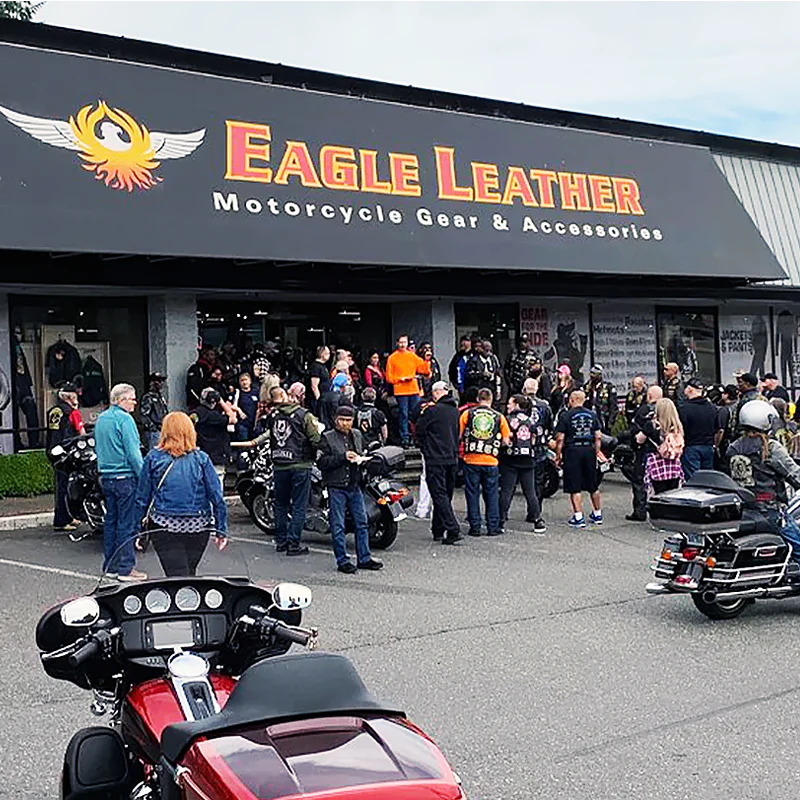Featured collection
Made for Riders, with your feedback.

According to a study published by the Center for Disease Control, almost one-third of all non-fatal injuries incurred in motorcycle accidents were to the feet and legs. That’s a lot of pain and suffering! We know we need the protection of leather boots, but not all leather boots are created equal when it comes to riding a bike.
For one thing, we walk around in them when we get off the bike—they’re one piece of gear we may wear all day. That means they have to be comfortable when we’re putting all our weight on them. And it means, much of the time, that they should look good and make us proud to wear them—though that’s largely a matter of taste.
Motorcycle boots are designed with built-in ankle protection that can stand up to the stresses of riding. They are built with greater torsional stiffness to prevent flex. They have oil-resistant soles to lower the chances of slipping when we step on greasy road surfaces. To prevent snagging, they use buckles or Velcro closures or have lace-retention features. Many use zippers or incorporate built-in shifter pads to counter wear and tear caused by the motorcycle shifter. They are double- or triple-stitched to hold up even in a crash.
Motorcycle boots come in a range of heights. But they all protect the ankle. Think about how your ankle sticks out a little from the line of your leg. It’s very vulnerable, even in just a little side-skid that does no other damage. Further, lots of leg injuries happen when legs are trapped when the cycle falls, and a protected ankle is less likely to snap under the strain.
You’ll judge for yourself how soft you want the soles of your boots to be. The softer the sole, the better the boot will grip the footpeg, but the quicker it will wear out. Whether you get a softer or a stiffer sole, be sure it’s oil-resistant.
Some boots come with steel plates over the toes for extra protection. (Mythbusters at least partly disproved the myth that the steel plate will cut off toes in a crash; any force hard enough to force the steel through them would mash toes anyway.) Boots also may have steel shanks for extra ankle protection. the only real downside is that steel gets cold in cold weather, even when it's in boots.
No boot can protect you if you don’t wear it. And if your boots don’t fit right, if they’re too tight, too hard to get on and off, or if they cause blisters, you won’t wear them. So make sure they feel right when you try them on and wear them around the house for a while before taking them on the road. Moto-cross boots, with all their extra protective bracing of one kind or another, are not going to be comfortable for walking around all day—stick some street shoes in your pouch to slip on when you’re not riding.
Riding comfort is also enhanced by some newer lining options. For example, look for features like the climate control insole and moisture wicking lining that is also anti-fungal and anti-bacterial.
Any boot is better than barefoot, but boots made for motorcycling are worth every penny you spend on them when you consider the money and hardship they can save you when you need them.
Made for Riders, with your feedback.

When it comes to staying safe on the road, your gloves are more than just an accessory—they’re essential. Good gloves protect your hands, provide a...

Join the Eagle Leather Crew & Save 15%! Enter your email for an instant code on regular-priced gear—gear up and ride on.